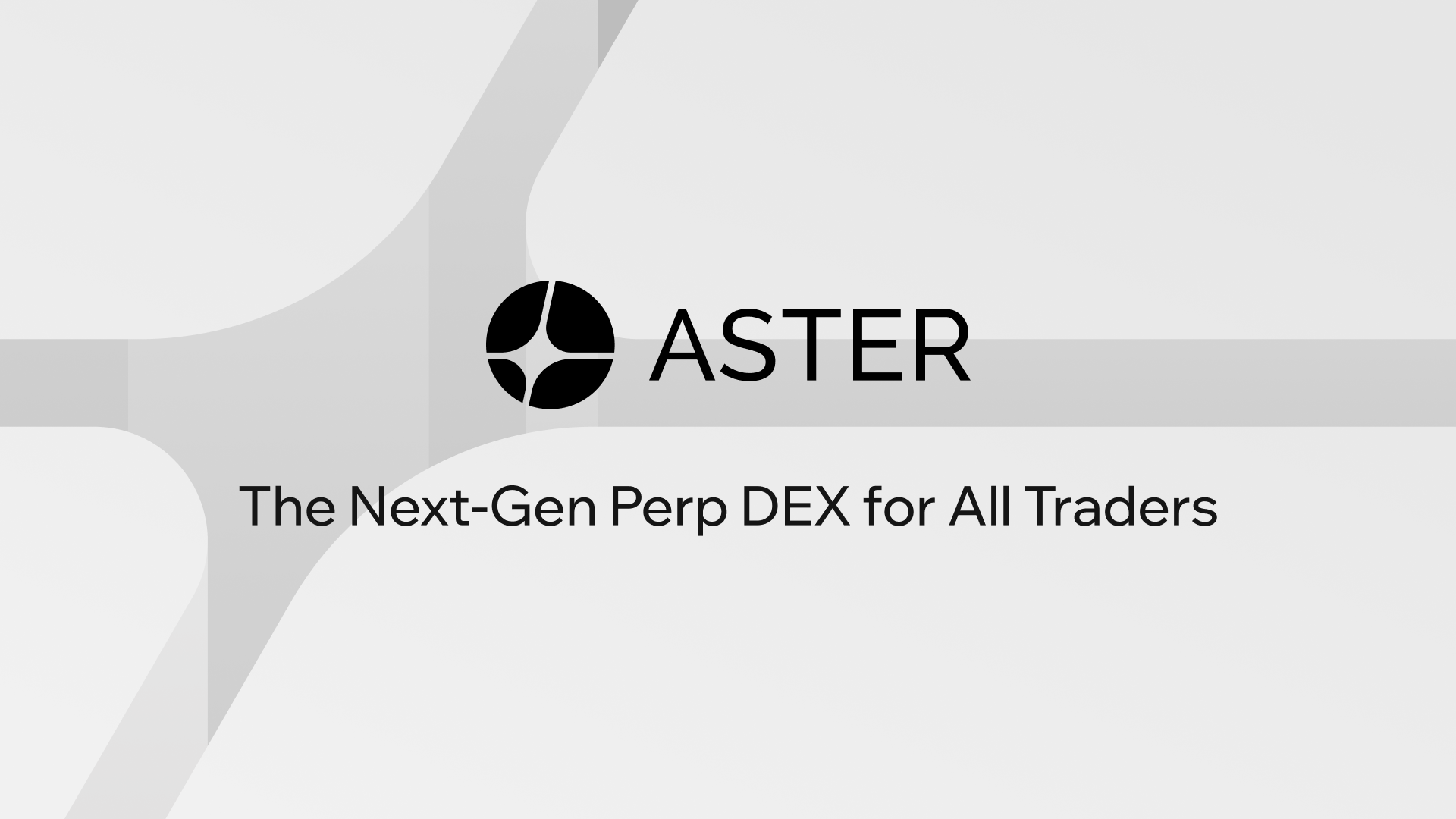Okay, so check this out—Polkadot isn’t just another blockchain. It’s an entire ecosystem designed to move assets and logic between chains without the usual bottlenecks. Short story: that changes how decentralized exchanges can be built and how traders capture low-fee, composable yield. My first impression? Polkadot feels like early Ethereum back when optimism and raw utility outpaced polish. But I’ll be honest: it’s also got quirks that bug me. Still, the opportunities are real.
Polkadot’s architecture—relay chain plus parachains—lets teams optimize for specific use cases. That means a DEX on a Polkadot parachain can be tuned for low transaction costs and fast settlement, while other parachains handle things like privacy or complex on-chain logic. Initially I thought all cross-chain DEXs would be messy, but now I see how XCM (Cross-Consensus Messaging) actually makes cross-parachain liquidity workable, though it takes careful design to avoid latency and UX pain.

How Polkadot DEXes Differ (and why that matters)
Most DeFi traders care about three things: fees, finality speed, and the range of tradable assets. Polkadot DEXes can win on all three if they’re built right. Unlike single-chain AMMs that suffer when mainnet gas spikes, a parachain-specific DEX can promise predictable, low fees. Seriously—low, consistent fees change strategy. You can do frequent rebalances without bleeding yield to gas.
On the other hand, there’s the question of composability. On Ethereum, composability is king—everything interoperates. Polkadot’s model trades a bit of that friction for scalability. But actually, wait—this tradeoff isn’t absolute. With good XCM integrations, DEXs on Polkadot can tap liquidity across parachains and maintain useful composability. The catch: teams must implement secure, audited bridges and messaging handlers; sloppy work here is a fast track to bad outcomes.
Here’s what I look for in a Polkadot DEX:
- Parachain-native execution for low-fee trades
- Robust XCM support so assets from other parachains are accessible
- Smart contract flexibility (support for Wasm/Ink! or EVM compatibility for easy porting)
- Transparent staking and liquidity incentives that don’t rely on unsustainable token emissions
Smart Contracts on Polkadot: Ink!, Wasm, and EVM Options
Smart contract environments on Polkadot are more varied than people realize. Ink! and Wasm provide a Rust-first approach; it’s performant and secure when teams know what they’re doing. Then there are EVM-compatible parachains (like Moonbeam) that let Ethereum tooling and contracts move over with fewer hacks. My instinct said “stick with what you know,” though actually, I’ve seen powerful projects built with Ink! that outperform naive EVM ports because they’re purpose-built for the substrate model.
From a trader’s perspective, smart contract choices influence UX: finality time, how quickly orders settle, and how flash-loan-resistant a DEX can be. Good contracts implement rate limits, slippage protections, and clear fee models. Also, watch upgrade paths—on-chain governance on Polkadot can change parachain logic, so flexibility is both a feature and a risk.
Staking Rewards: Base Layer Yield vs. DEX Incentives
There are two primary yield buckets on Polkadot ecosystem DEXes: base-layer staking (nominators/validators) and application-layer incentives (liquidity mining, fee shares). Nominating validators can produce steady, predictable yields for token holders, which is a different risk profile than liquidity farming on a DEX.
Here’s the practical difference. Staking DOT or other parachain tokens locks you into a security role—you’re supporting consensus and earning network-level rewards. It’s passive and low effort, but you need to manage exposure to slashing risk and lockup durations. Liquidity farming on a DEX can pay more, but it’s typically variable, subject to impermanent loss, and sometimes heavily inflationary.
What I like in modern DEX designs is hybrid incentives: a portion of protocol fees go to LPs, another portion to stakers, and some to a long-term treasury. That aligns interests. Also, some DEXs now let LPs opt into “staking boosts” that increase rewards for those who also stake a governance token—clever, though it can centralize power if not carefully limited.
Pro tip: compare APRs after adjusting for fees and expected impermanent loss. Often the headline APR is misleading. Do the math.
Low Fees in Practice — UX and Trade Frequency
Low fees change behavior. With consistent sub-cent or near-zero fees, traders can execute smaller, more tactical trades; arbitrage windows shorten but become more feasible for automated strategies. That’s why I keep an eye on DEXs that optimize transactions at the parachain level—those are the environments where day-traders and market makers will thrive.
One platform I tried recently—aster dex—struck me as an example of that focus: parachain-native execution paired with thoughtful UX for liquidity management. It’s not perfect, but it shows what’s possible when developers prioritize low-cost, composable trading. If you want to check it out, see aster dex.
FAQ
How do I start trading on a Polkadot DEX?
First, set up a compatible wallet (Polkadot.js, Nova, or a parachain wallet). Then bridge or obtain the parachain assets you need—some DEXs list native parachain tokens and bridged assets. Connect your wallet, review fees and slippage settings, and start with small trades to understand execution speeds and UX quirks.
Is staking safer than liquidity providing?
Generally yes—staking DOT and nominating validators tends to be lower-risk than providing LP on volatile pairs. Liquidity provision risks include impermanent loss and token emission dilution. That said, staking has lockups and slashing risk; read validator performance history before nominating.
What about cross-chain risk?
XCM simplifies cross-parachain messaging, but bridges and messaging endpoints still represent attack surfaces. Prefer DEXs with audited XCM handlers and clear security reviews. Diversify exposure and don’t trust large sums to new, unaudited bridges.
